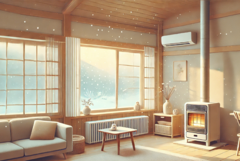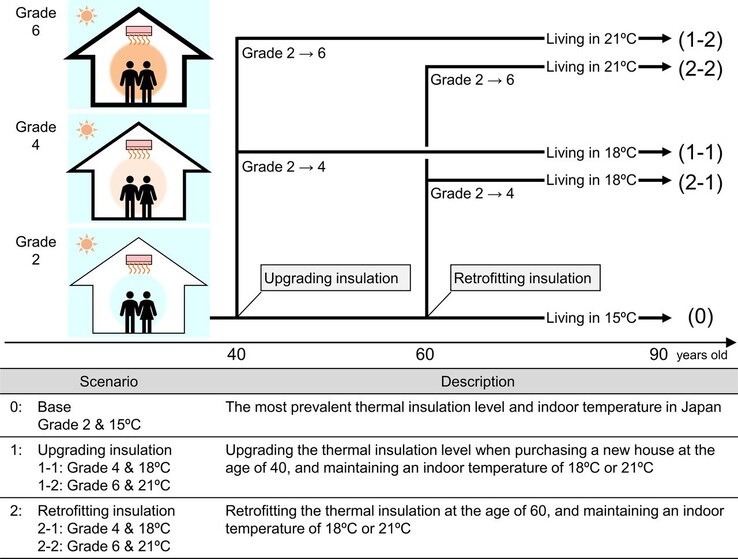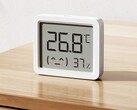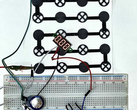A recent study led by Assistant Professor Wataru Umishio from Science Tokyo touches on the health and financial benefits of well-insulated homes in Japan, especially in preventing cardiovascular diseases (CVDs) during colder months.
Cold indoor temperatures increase blood pressure, which raises the risk of hypertension and CVDs—a huge concern in Japan, where most homes stay below the World Health Organization's recommended 18°C. The study compared various insulation upgrades for their cost-effectiveness in improving indoor temperatures and reducing CVD-related medical expenses.
Using data from Japan’s health survey, the team modeled scenarios for 100,000 virtual couples, focusing on both insulation upgrades at age 40 and retrofitting homes at age 60. Results showed that insulation upgrades during home purchases improved healthy life expectancy by up to 0.48 QALYs (quality-adjusted life years) and offset up to 74% of insulation costs through reduced medical expenses. Retrofitting, however, was less cost-effective, which points towards partial insulation being a more affordable alternative.
This research showcases that warm, insulated homes not only reduce CVD risks but also support broader health goals. They can also play a major role in preventing respiratory issues. All this could hopefully guide policymakers toward housing improvements that align with Sustainable Development Goals (a formal set of global objectives established by the United Nations) on health, inequality, sustainable cities, and climate action, promoting warmer homes as a means to reduce winter health risks.


























